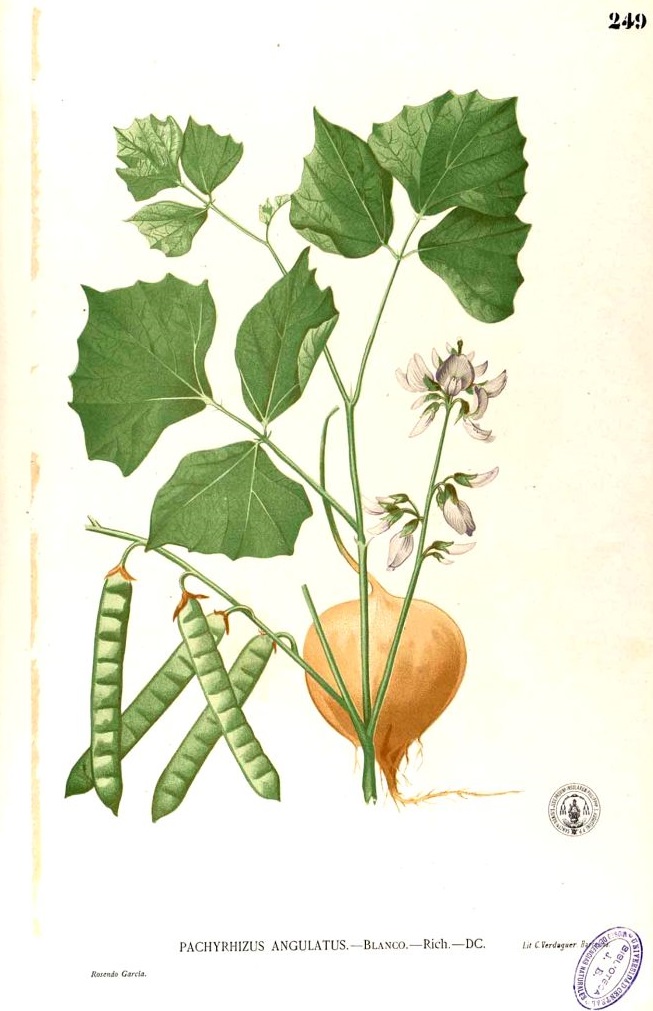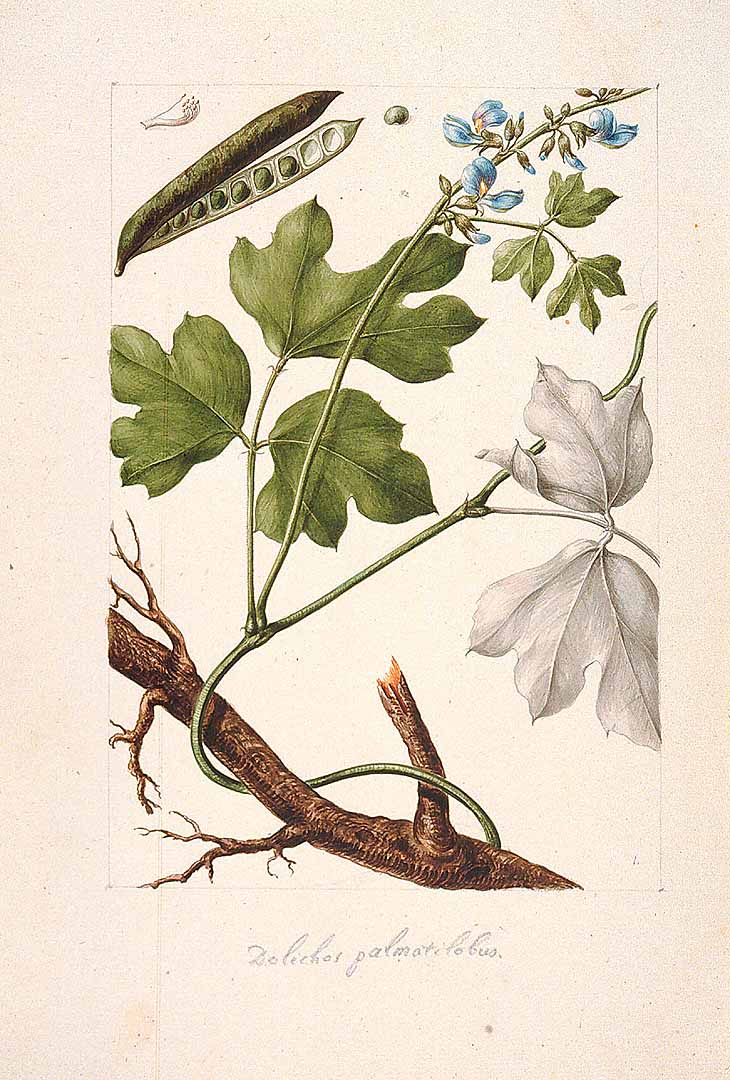! Nouveau site ici !
Vita > Plantae > Magnoliophyta > Magnoliopsida > Fabales > Fabaceae > Pachyrhizus

 suivante
suivante




| Taux d'humidité | Énergie (kj) | Énergie (kcal) | Protéines (g) |
| 89 | 160 | 38 | 1.0 |
| Pro- vitamines A (µg) |
Vitamines C (mg) | Fer (mg) | Zinc (mg) |
| 2 | 20 | 0.6 | 0.2 |

